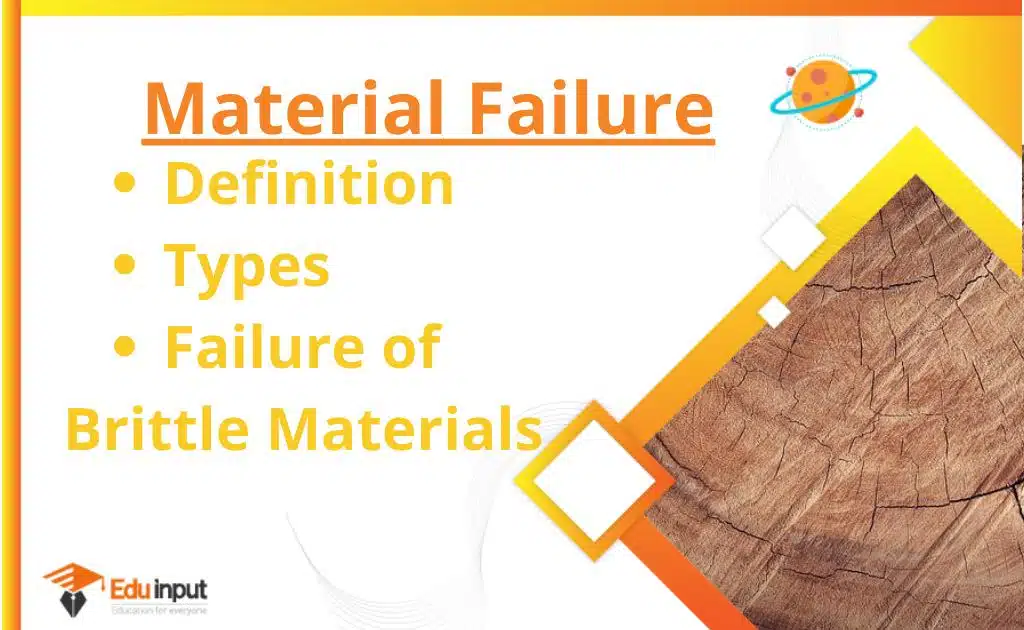What is Metal Fatigue?-Definition, Stages, And Fatigue Life
Metal fatigue occurs when metal parts are subjected to cyclical loads over time. These loads may cause microscopic cracks in the metal surface. Over time these micro-cracks become larger until they eventually lead to material failure of the part.
What is Metal Fatigue?
The initiation and propagation of cracks in a material are called metal fatigue in materials science. When a fatigue crack is initiated, it grows a small amount with each loading cycle, which leads to striations on some parts of the fractured surface.
The crack will continue to grow until it reaches a critical size, which occurs when the stress intensity factor of the crack exceeds the fracture toughness of the material, producing rapid propagation and typically complete breakdown of the structure.
Stages of metal fatigue
There are two stages of fatigue
- Crack initiation
- Crack growth
Crack initiation
The process of formation of initial cracks precedes fatigue failure and consists of four steps in metallic samples. In response to the applied load, the material will develop cell structures and become hardened. This causes the applied stress to increase as a result of the new restrictions on the strain.
The formation of slip bands will eventually cause these newly formed cell structures to break down. There is a slip in the material at these PSBs, and the exaggerated slip can now serve as a stress concentrator for a crack to form.
Most of the cracking process takes place because of the growth of a crack to a detectable size. The bulk of the changes in the material are not visible without destructive testing, and this is the reason why cyclic fatigue failures seem to occur so suddenly. In normally ductile materials fatigue failures will look similar to sudden brittle failures.
Crack growth
The majority of the fatigue life is consumed in the crack growth phase. Factors such as mean stress, environment, overloads, and underloads can also affect the rate of growth, although the rate of growth is primarily driven by the range of cyclic loading. If the loads are small enough to fall below a critical threshold, crack growth may be stopped.
From as little as 10 μm, there can be fatigue cracks from material or manufacturing defects. The fatigue striations can be seen on the surface of the fractured surface when the rate of growth becomes large. The position of the crack tip is marked by striations and the growth from one loading cycle is represented by the width of the striations. The crack tip is a part of the reason why there are dents.
Metal Fatigue Life
Metal Fatigue life or fatigue limit is the number of cycles before a material fails. The fatigue life of a material is related to the stress intensity range of the material. Materials with low-stress intensities have a longer fatigue life than those with higher stress intensities.
Engineers use a number of different methods to determine the fatigue life of a material.
- stress-life method
- strain-life method
- crack growth method
- probabilistic methods







Leave a Reply